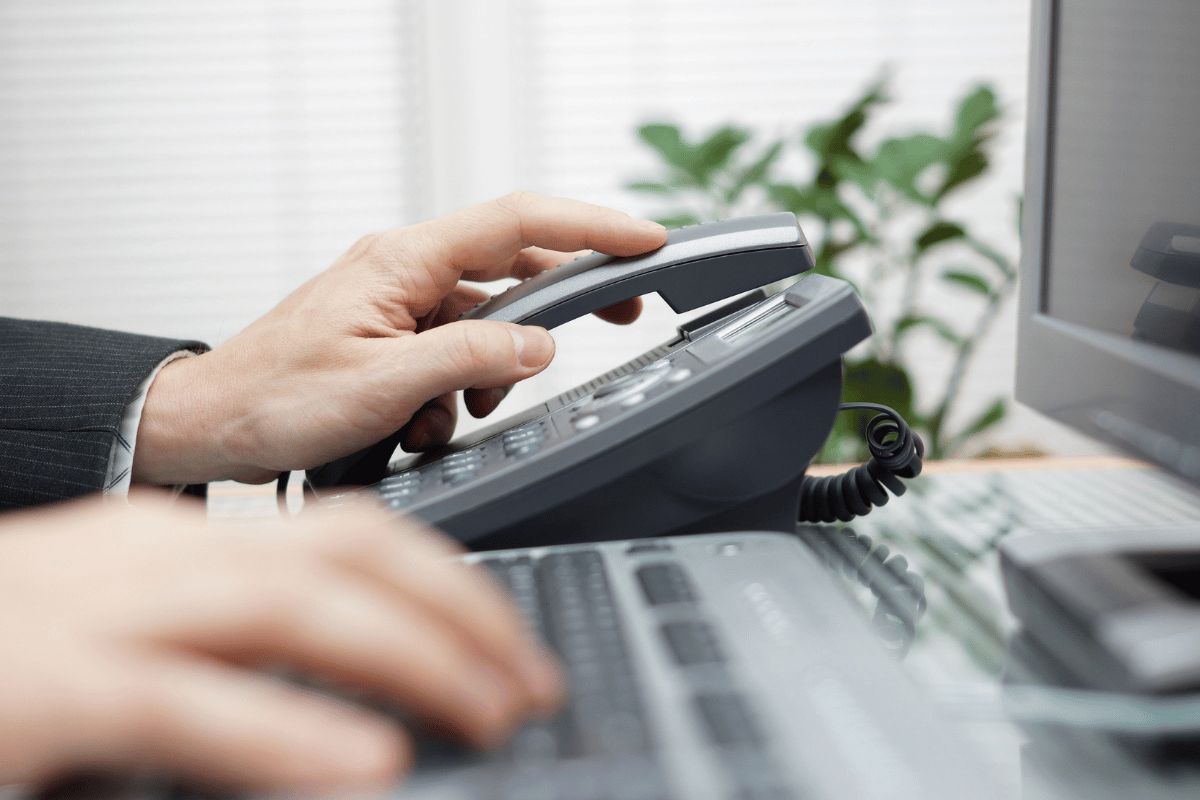Not Your Grandma's Phone System: 5 Ways Phone Technology Has Evolved Since the 1960s
The way we communicate by phone has transformed dramatically over the past several decades. From shared lines and rotary dials to cloud-based systems and smartphones, technology has changed not just how we make calls, but how businesses operate and connect with customers.
Here are five major ways phone technology has evolved since the 1960s—and how these changes continue to benefit modern companies across Texas.
1. Privacy Became the Standard
In the mid-20th century, many households and small businesses relied on party lines—shared telephone lines that allowed multiple users in a neighborhood to connect through the same system. Conversations weren’t private, and if a neighbor was on the line, you'd have to wait your turn.
By the late 1960s and into the 1990s, party lines gave way to dedicated phone lines, greatly improving privacy, call availability, and professionalism. Today, personal and business calls are handled through private connections—wired or wireless—with end-to-end encryption increasingly becoming the norm.
2. Call Quality Reached New Heights
Back in the analog days, static, dropped calls, and poor audio were common annoyances. The 1960s saw the introduction of electronic switching systems, but the biggest leaps in audio clarity came with the rollout of digital lines, fiber optics, and VoIP (Voice over Internet Protocol).
Modern systems offer crystal-clear sound, improved security, and the ability to transmit both voice and data, helping Texas businesses communicate more effectively across long distances.
3. Call Routing Went from Manual to Automatic
In the early years of telephone communication, calls were physically connected by human operators. Even decades after rotary dialing became standard, switchboard operators were still needed in many areas.
Today, automated call routing handles this process instantly. Advanced business systems direct incoming calls to the right department or extension without delay, often using interactive voice menus. This improves both internal efficiency and customer satisfaction.
4. Message Taking Became Seamless
Before the advent of answering machines, missed calls often meant lost information. The introduction of tape-based answering machines in the 1960s was a game-changer, but their popularity took time to grow.
Today, voicemail is just the beginning. Businesses now use voicemail-to-email, transcription services, live message forwarding, and even text alerts to stay informed in real time. Whether you're in the office or on the go, you're never out of the loop.
5. Business Phone Systems Became Smarter
In the 1960s, companies began using multi-line systems like PABX (Private Automatic Branch Exchange) to streamline internal and external communication. These early systems required manual input and dedicated switchboard staff.
Fast forward to today, and most businesses operate with PBX or VoIP systems, offering custom features like call forwarding, conferencing, call analytics, and CRM integration. These tools empower businesses to stay connected with customers, streamline operations, and grow their bottom line—all without the need for bulky equipment or high overhead.
The Future Is Now
From humble beginnings to high-tech solutions, phone systems have come a long way. Today’s communication technology is designed to be flexible, mobile-friendly, and fully customizable—making it easier than ever for businesses to stay responsive and professional.
Kim’s Answering Service proudly supports Texas businesses with modern, affordable phone answering solutions that help you keep up with the pace of change. Whether you need after-hours support, call routing, or message handling, we offer tailored services that work with your systems—not against them.
Contact us today to learn how we can help bring your business phone communication into the modern era.











